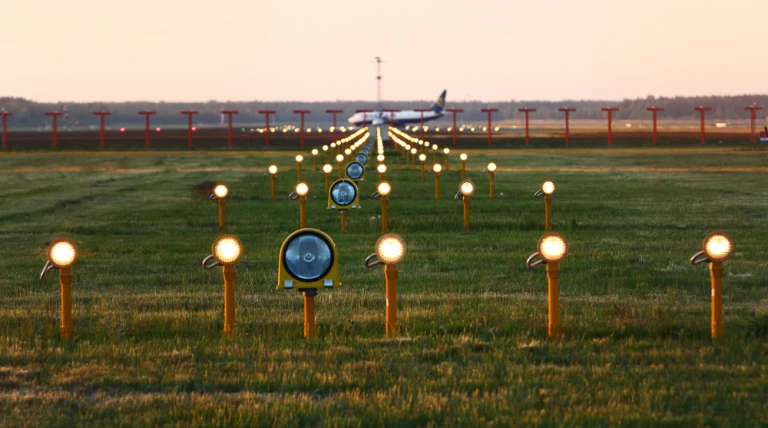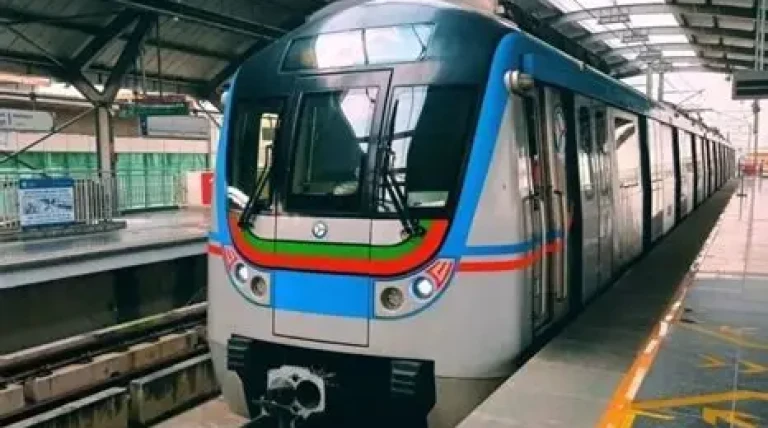The Veer Savarkar International Airport is currently in the process of implementing advanced aviation technologies, including the Instrument Landing System (ILS) and Runway Lighting System (RLS). The Doppler Very High-Frequency Omni Range (DVOR) has already been operational since January 19, serving as a crucial radio navigation system for aircraft.
The installation, calibration, and procedure design for the ILS system, including the glide path and Distance Measuring Equipment (DME), have been completed. The ILS system, a standard International Civil Aviation Organisation (ICAO) precision landing aid, will provide accurate azimuth and descent guidance signals for aircraft landing in various weather conditions.
The Airports Authority of India (AAI), in collaboration with the Navy, aims to finalize the ILS system by February 15. Concurrently, the Indian Navy plans to complete the installation of the RLS for night landing by the end of March.
Upon completion and approval from AAI and the Indian Navy by April-May, Veer Savarkar International Airport will be well-equipped to operate flights during the night and in all weather conditions. This implementation is expected to increase flight operations, promote competitive airfare, enhance tourist inflow to the scenic island, and minimize flight diversions due to adverse weather conditions.
The Airports Authority of India plays a pivotal role in providing Air Navigation services across the Bay of Bengal and the Andaman Sea. The Communication, Navigation, and Surveillance (CNS) installations, particularly in the capital city of Port Blair, are vital for extending these services to aircraft flying between the Far East and the Middle East.
News by Rahul Yelligetti
![{[setting('site_name')]}](https://projxnews.com/uploads/setting/16983847711140531930.webp)












